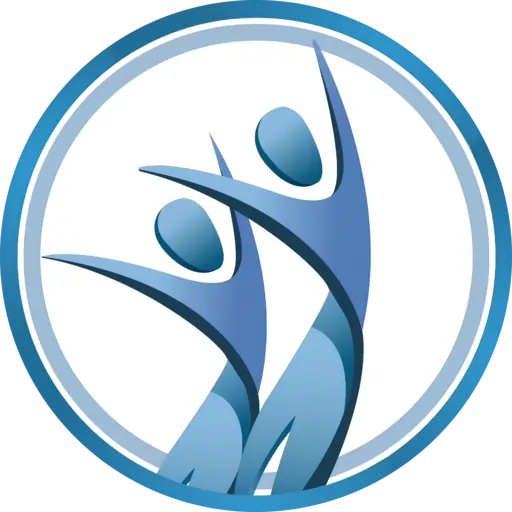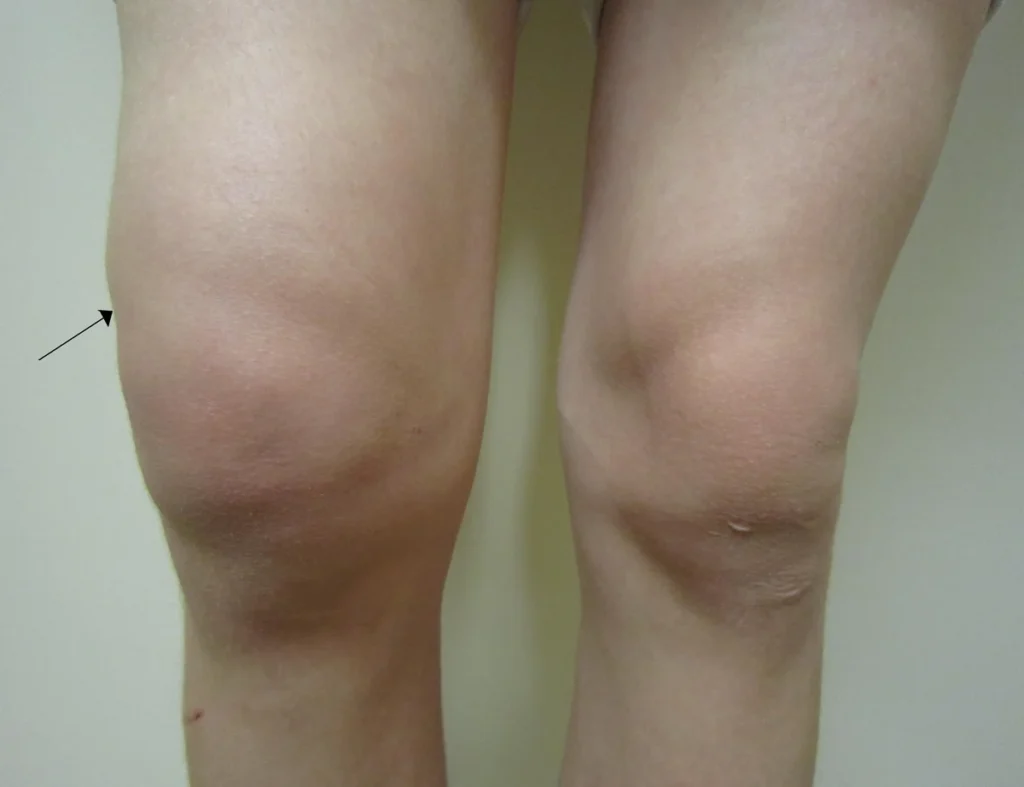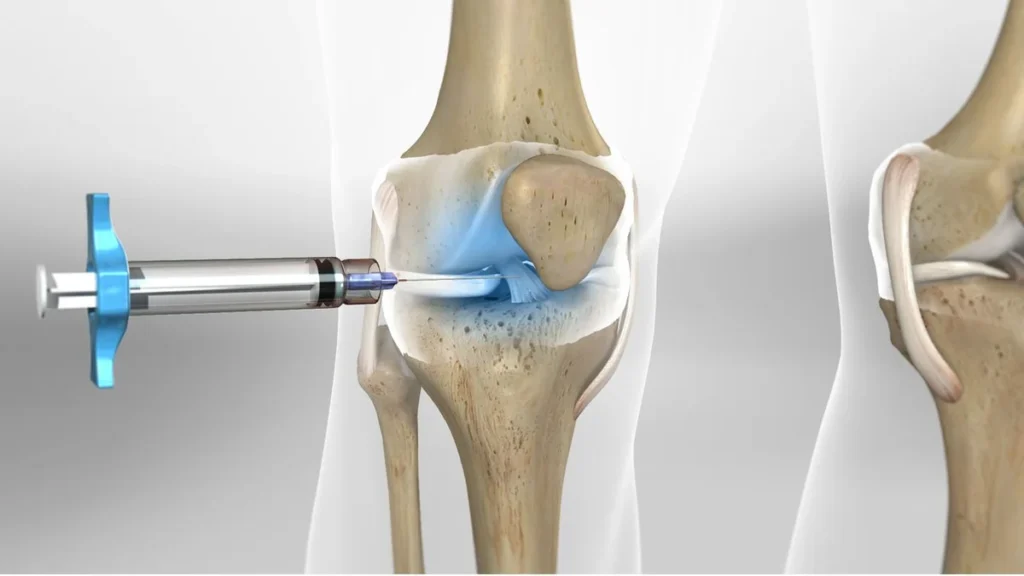Heel spurs, more accurately known as plantar fascia inflammation, are among the most common causes of heel pain. This article from the Iran Height Increase Center will examine the causes of this condition and offer solutions for treating heel spurs.
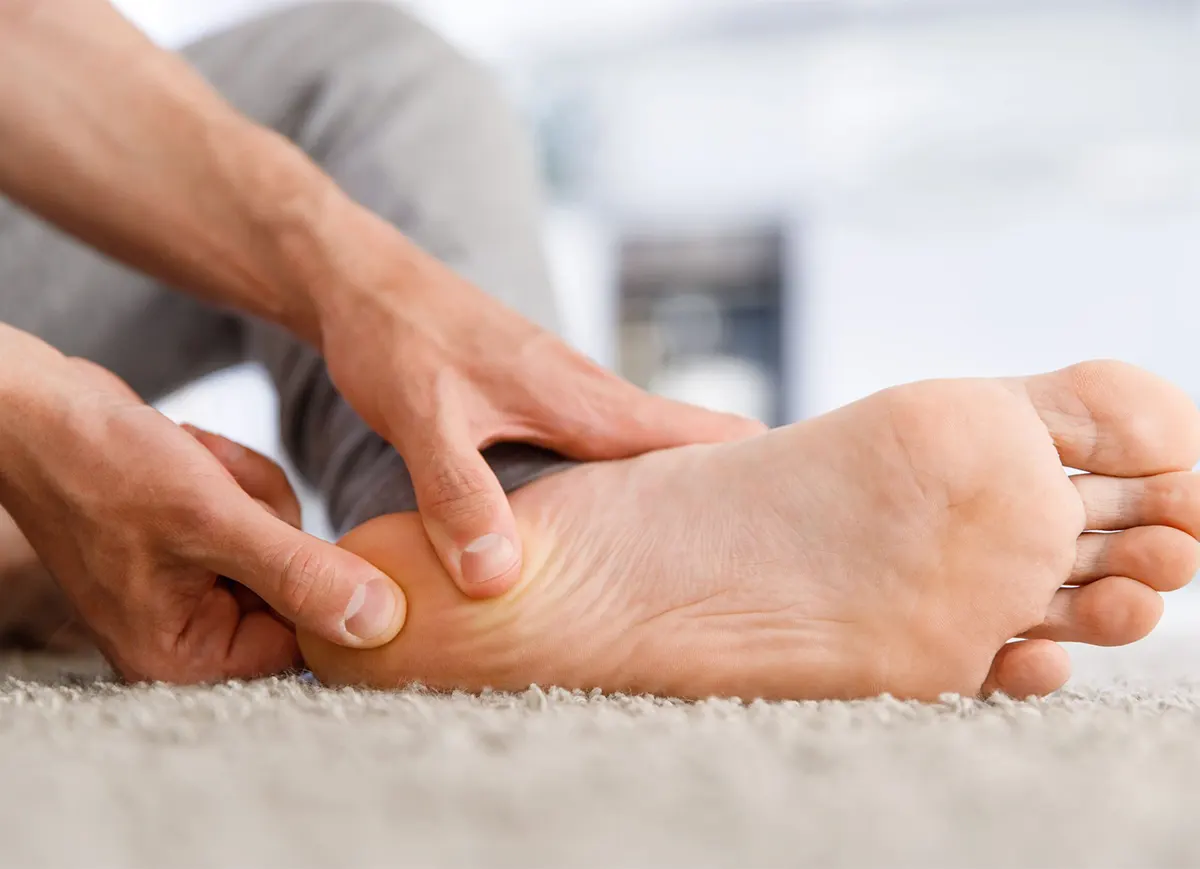
- Understanding Plantar Fascia
- Why Treat Heel Spurs?
- Simple Solutions for Heel Spur Treatment
- Easing Pressure on the Affected Foot
- Using Ice in Heel Spur Treatment
- Using Anti-Inflammatory Medication for Heel Spur Treatment
- Performing Corrective Exercises
- Calf Muscle Stretching Exercises
- Plantar Fascia Stretching
- Cortisone Injections for Treating Heel Spurs
- Surgical Treatment for Heel Spurs
- Is Non-Surgical Treatment Possible for Heel Spurs?
- Diagnosis of Heel Spurs
- Factors Contributing to Heel Spurs
- Symptoms of Heel Spurs
Understanding Plantar Fascia
The plantar fascia is the subcutaneous part of the foot’s sole, connecting the heel to the front of the foot. It maintains the foot’s arch and can develop heel spurs when it gets damaged or inflamed.
The plantar fascia absorbs and withstands forces and pressures applied to the foot. Excessive stress or injuries can cause tears in this tissue, leading to inflammation, pain, adhesion, and stiffness in the foot sole and heel.
Why Treat Heel Spurs?
Untreated heel spurs can cause varying effects. You might feel pain each time your heel strikes the ground, even if you walk slowly. Initially, heel pain may be intermittent, but it can become constant over time.
The pain from untreated heel spurs typically worsens after getting out of bed in the morning or after periods of inactivity during the day. Avoiding walking due to this pain can lead to laziness and reduced activity, potentially causing additional health issues.
Changes in your gait due to foot pain can predispose you to further issues in your feet and ankles, like bunions, ankle sprains, or even fractures. It can also lead to pain and problems in the back, pelvis, and knees, as your body constantly maintains an abnormal, uneven posture.
Simple Solutions for Heel Spur Treatment
More than 90% of patients with heel spurs can recover quickly using simple, non-surgical methods, making timely and appropriate treatment essential.
Easing Pressure on the Affected Foot
Reducing or stopping activities that exacerbate pain is the first step in pain relief. You may need to cease high-impact activities like running, jumping, or aerobics.
Using Ice in Heel Spur Treatment
Applying ice to the affected area for 20 minutes can be effective and is usually done 3 to 4 times a day.
Using Anti-Inflammatory Medication for Heel Spur Treatment
Taking medications such as ibuprofen or naproxen can help reduce pain and inflammation.
Performing Corrective Exercises
Heel spurs worsen due to excessive pressure on the foot muscles and calf. Stretching calf muscles and strengthening the plantar fascia muscles can help reduce pain.
Calf Muscle Stretching Exercises
For this exercise, use a wall. Place your foot away from the wall and your palms on it. Bend one knee while keeping the heel and foot flat on the ground. Bring the other leg forward and bend its knee.
Move your pelvis towards the wall to feel a stretch in your calf muscles. Hold this position for about 10 seconds, then rest. Repeat this exercise for each leg up to 20 times. You should feel a strong stretch in your calf muscles.
Plantar Fascia Stretching
For this exercise, while sitting, place the affected foot across the other knee. Gently pull the toes of the affected foot upwards using your hand. If you can’t reach your toes, use a cloth to pull them up.
Continue this stretch for about 10 seconds, then release. Repeat this for each foot up to 20 times. It’s best to do this exercise in the morning before standing or walking.
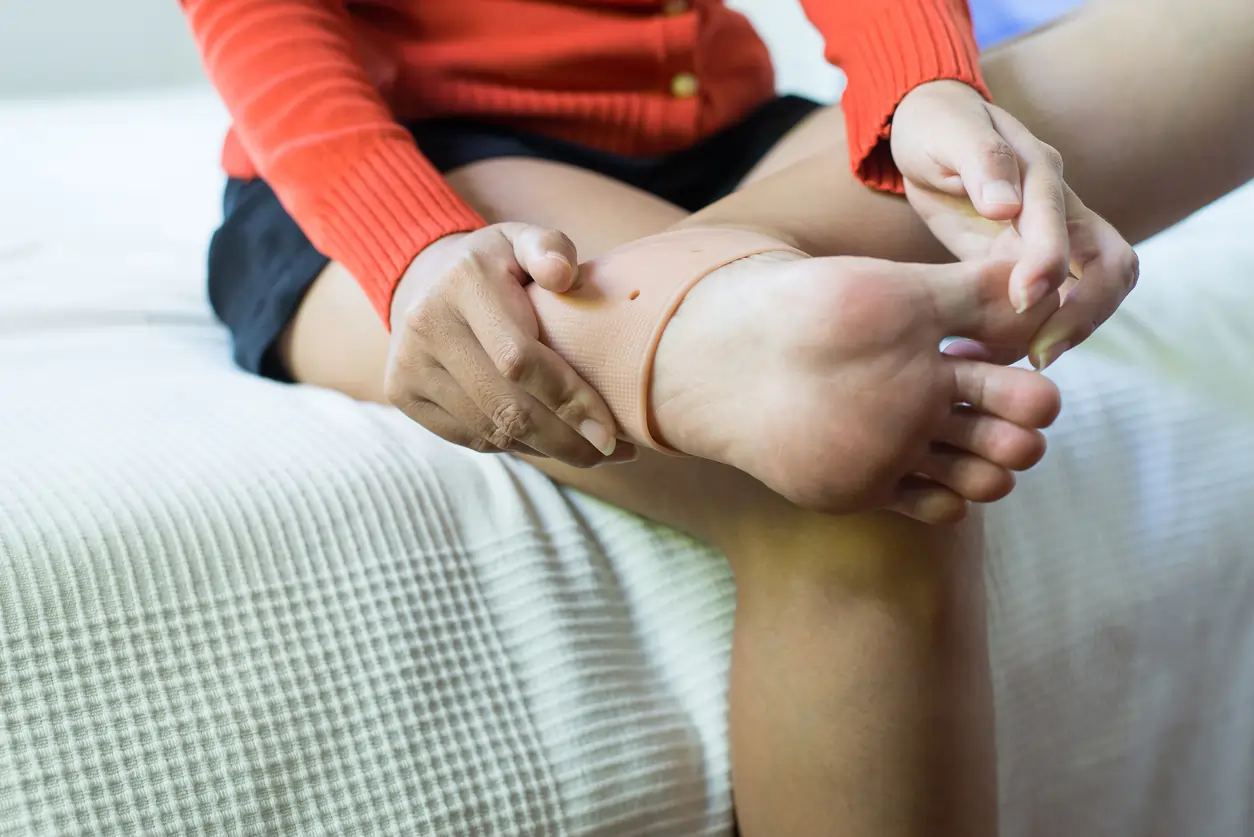
Cortisone Injections for Treating Heel Spurs
Cortisone as an Anti-Inflammatory Drug
Cortisones are powerful anti-inflammatory medications that can help reduce pain and inflammation. Cortisone injections are administered into the plantar fascia. However, it is important to note that repeated injections in this area may have adverse effects.
Use of Orthopedic Shoes and Orthotics
Wearing shoes with thick, soft insoles can help reduce pain while standing and walking. Additionally, the use of silicone heel pads can be beneficial. Orthopedic insoles can also be used for this purpose.
Using Night Splints
For most people, the toes point downward during sleep, which could be a cause of morning foot pain. Using a night splint that keeps the toes pointed upwards can apply a stretching force to the plantar fascia during sleep. This practice might initially cause some discomfort.
Surgical Treatment for Heel Spurs
Surgery is only considered an option for treating heel spurs when other medical treatments are ineffective. In heel spur surgery, the spur is removed from the bone; in some cases, the plantar fascia is also released.
Is Non-Surgical Treatment Possible for Heel Spurs?
In some cases, surgery might be the only treatment option for heel spurs. This decision depends on the doctor’s diagnosis.
Diagnosis of Heel Spurs
After an examination by a doctor, they may order imaging of your feet.
- Simple Radiography: Provides clear images of the bones and can explore other causes of heel pain like fractures or arthritis. In simple radiographic images, heel spurs are visible.
- Other Imaging: MRI and ultrasound are usually not used for diagnosing heel spurs. However, MRI imaging might be necessary for the diagnosis and treatment of heel spurs.
Factors Contributing to Heel Spurs
In most cases, heel-spurs occur without a specific, identifiable cause. However, there are factors that can put you at risk:
- Tight calf muscles, prevent you from pointing your toes forward.
- Obesity.
- Having excessively high foot arches.
- Engaging in activities that involve repeated impacts to the foot (like running, jumping, and sports).
- Starting new activities or increasing activities you were already doing.
Note: It should be noted that heel-spurs are not usually accompanied by plantar fascia inflammation. In fact, only 5% of people with heel spurs experience heel pain. Therefore, treatment for pain caused by heel spurs might be performed without the need for surgery.

To make an appointment or get an online consultation with Dr. Nader Motallebi Zadeh, Limb lengthening surgeon, proceed here.
Symptoms of Heel Spurs
The most common symptoms of heel-spurs include:
- Pain near the bottom of the foot.
- Pain that is more intense in the initial moments of walking after waking up, or after a long period of inactivity and rest (like after a long trip), which decreases or becomes negligible after a few minutes of walking.
- Pain that intensifies after exercise or strenuous activity but eventually subsides, although it becomes more intense during activity and exercise.
